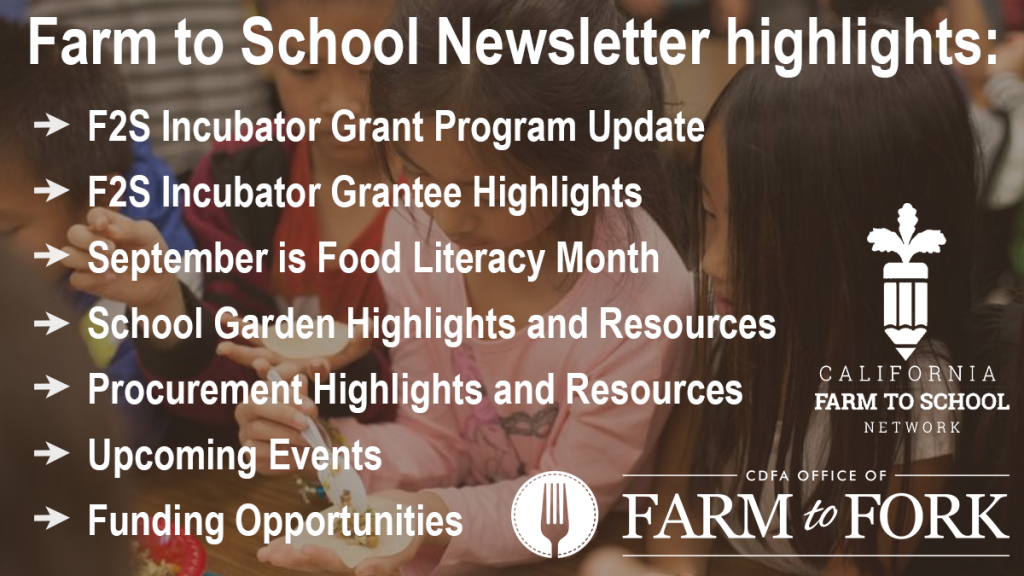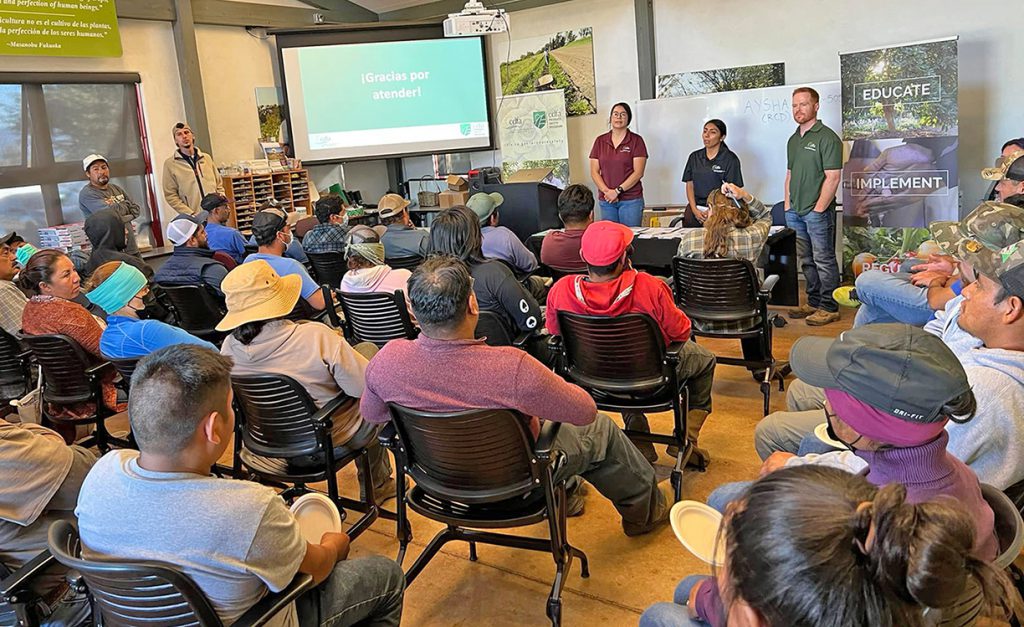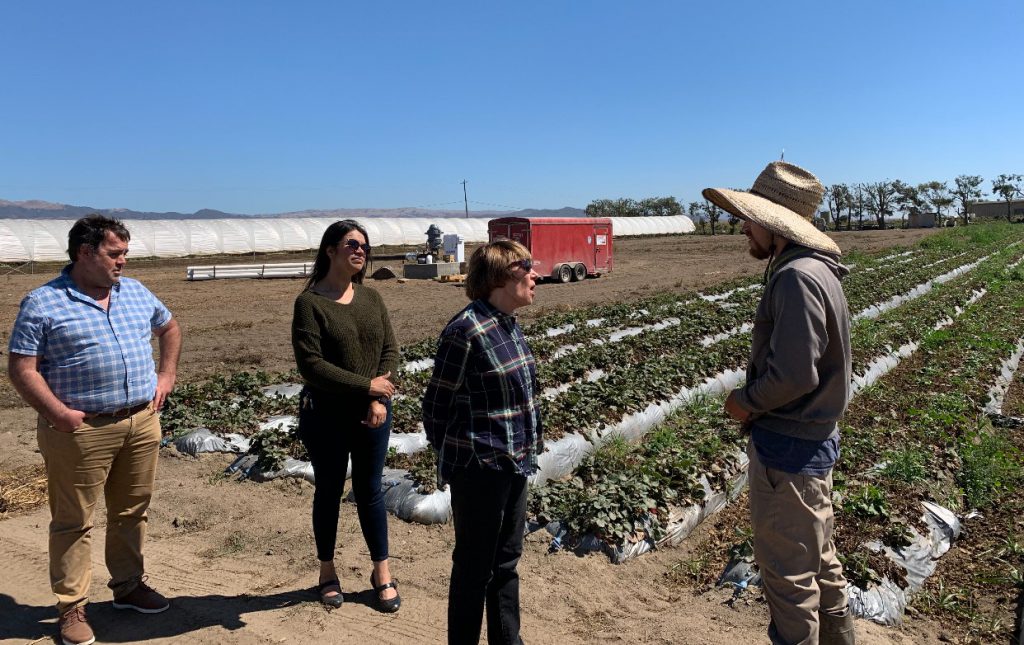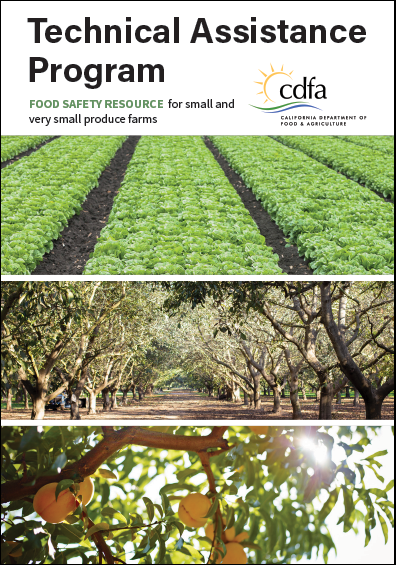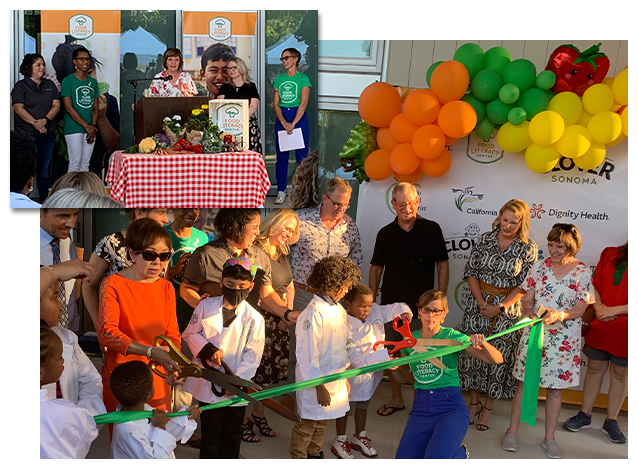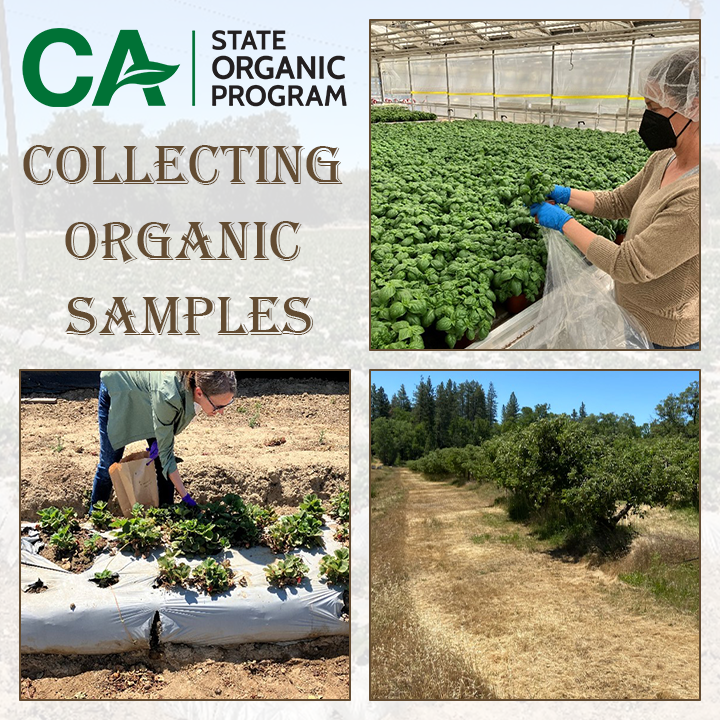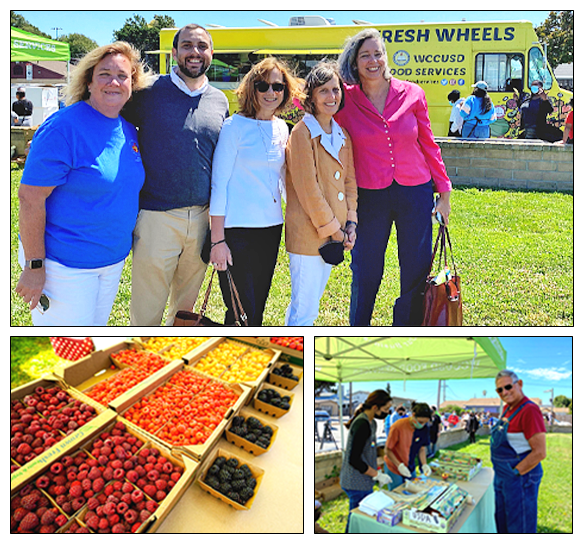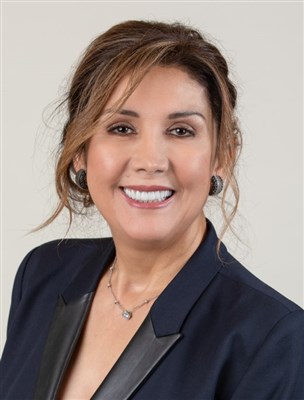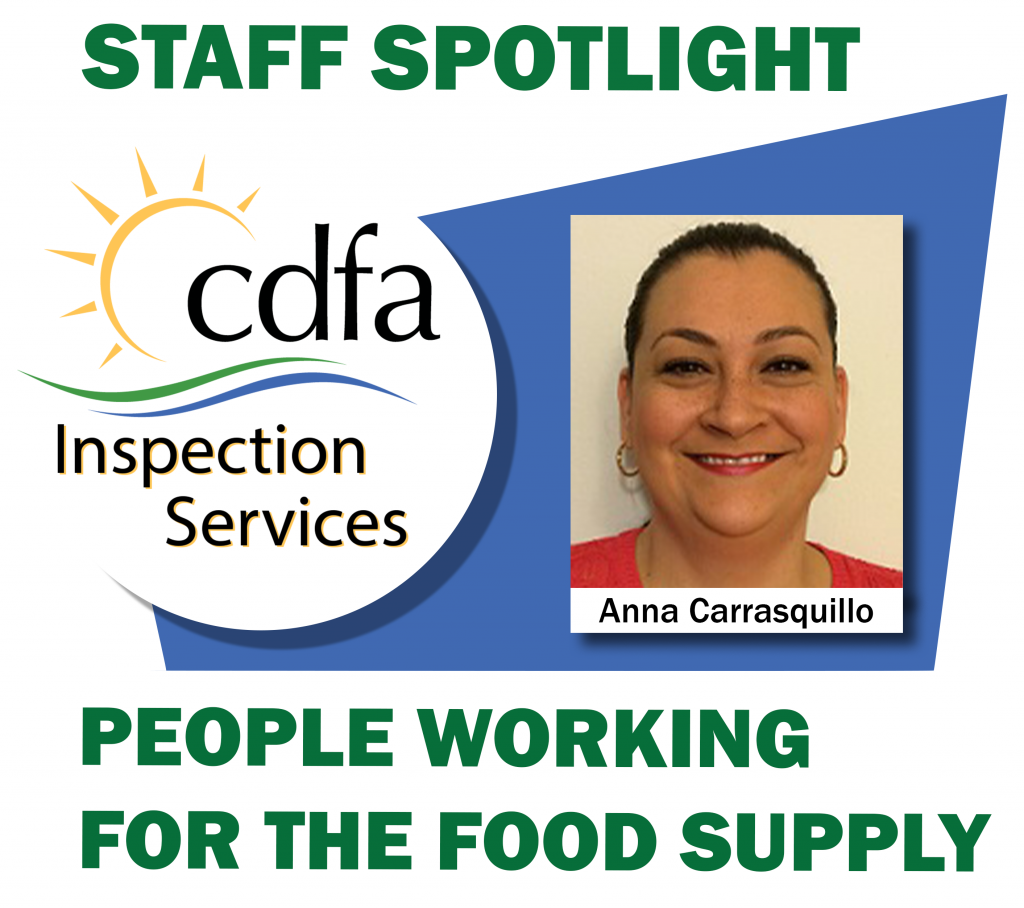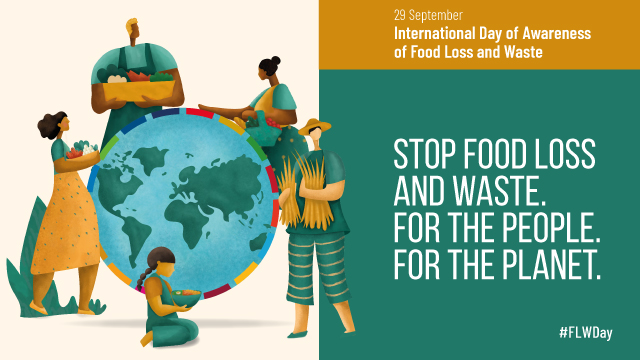
The California Department of Food and Agriculture (CDFA) joins the Food and Agriculture Organization (FAO) of the United Nations in recognizing today as the third annual International Day of Awareness of Food Loss and Waste.
In a world where the number of people affected by hunger is rising and tons of edible food are lost and/or wasted every day, curbing food loss and waste is essential. Food loss and waste puts unnecessary pressure on the environment, resulting in natural resource depletion and greenhouse gas emissions.
CDFA’s commitment to helping Californians reduce food loss and waste includes the CDFA Commercial Feed Regulatory Program promoting human food byproduct diversion to create animal feed; the CDFA Rendering Program promoting the process of breaking down animal byproducts for industrial uses; the CDFA Office of Environmental Farming and Innovation promoting compost through the Alternative Manure Management Program and Healthy Soils Program; and the CDFA Office of Farm to Fork increasing food access points.
Visit the FAO website for additional resources and publications about the International Day of Awareness of Food Loss and Waste.
Visit the CDFA Food Recovery website to watch an Understanding Food Recovery and Food Upcycling video that relays how CDFA is involved in food recovery, as well as how all Californians can join the effort:
(*Figures mentioned in this video may have changed since the video was created in 2020. Please reference the cited sources for accuracy.)
Click here to view this original post on the CDFA Planting Seeds blog.



